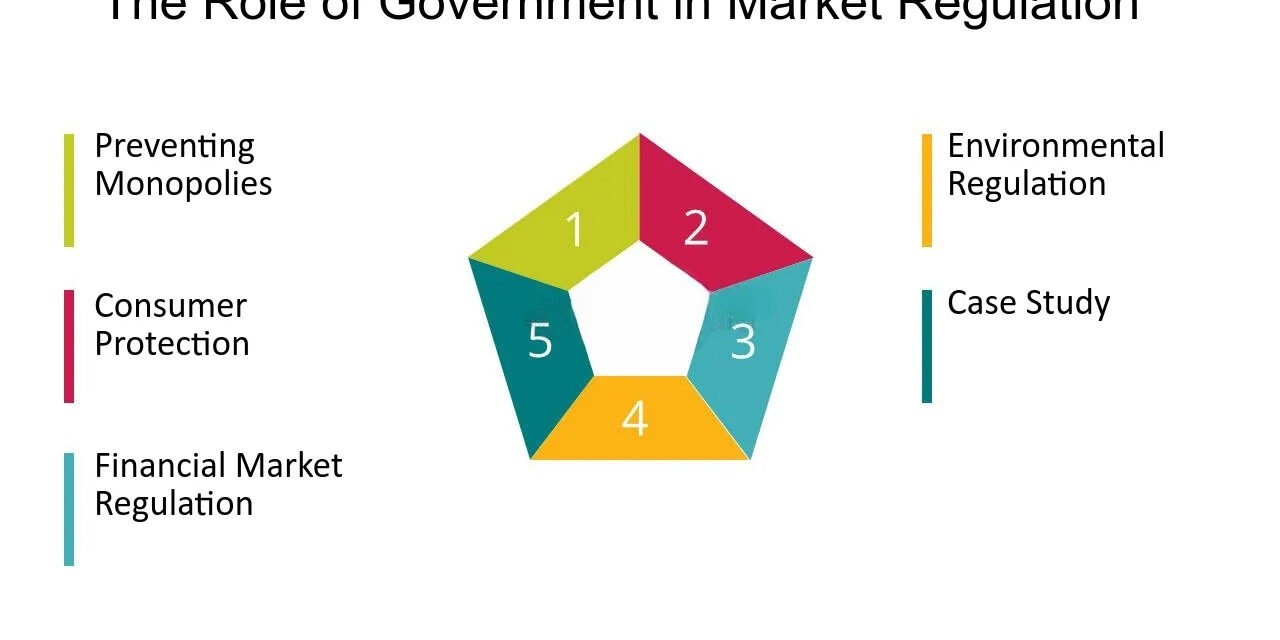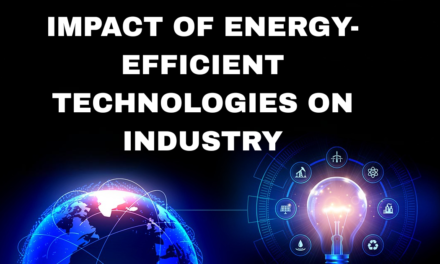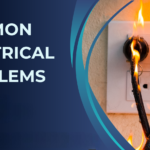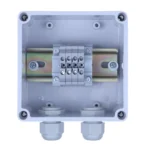Government regulation plays a crucial role in shaping the electronics and electrical equipment industry, influencing everything from product safety standards to environmental sustainability and global trade practices. These regulations help ensure public safety, foster innovation, and address critical issues such as environmental impact and data security. Here are the key ways government regulation affects the industry:
1. Product Safety Standards
- Consumer Protection: Governments establish safety standards to ensure that electronic products meet certain thresholds for quality and safety. For example, regulations like the Consumer Product Safety Improvement Act (CPSIA) in the U.S. and the European Union’s CE marking ensure that products, such as electronics and electrical devices, are safe for consumers.
- Certification and Compliance: Manufacturers must comply with regulations governing the performance, construction, and safety features of electrical equipment. This includes electrical safety standards (such as IEC standards in many countries) and electromagnetic compatibility (EMC) standards to minimize interference with other devices.
2. Environmental and Sustainability Regulations
- Waste Management and Recycling: Governments regulate the disposal of electronic waste (e-waste) through laws like the Waste Electrical and Electronic Equipment Directive (WEEE) in the EU. These regulations mandate that manufacturers be responsible for the take-back, recycling, and environmentally sound disposal of products at the end of their life cycle.
- Energy Efficiency: Many governments have implemented energy efficiency standards for electrical equipment, from household appliances to industrial machines. Regulations like the Energy Star program in the U.S. and EU EcoDesign Directive promote the development and adoption of energy-efficient technologies, encouraging companies to reduce energy consumption and carbon footprints.
- Reduction of Hazardous Materials: Regulatory frameworks such as the Restriction of Hazardous Substances (RoHS) directive in the EU restrict the use of certain hazardous materials (e.g., lead, mercury) in electronic devices, promoting the use of environmentally friendly alternatives.
3. Trade and Export Regulations
- Tariffs and Import/Export Controls: Government policies regarding international trade can significantly impact the electronics and electrical equipment market. Tariffs, export controls, and trade agreements (like the USMCA or EU-China trade policies) influence the global supply chain, pricing, and availability of key components such as semiconductors and raw materials.
- Intellectual Property (IP) Protection: Governments enforce intellectual property laws to protect patents, trademarks, and copyrights, ensuring that companies can safeguard their innovations in electronics. For example, IP protection is critical in the semiconductor industry, where design patents are often the foundation for competitive advantage.
4. Technology and Data Security Regulations
- Cybersecurity Laws: As electronics and electrical equipment become increasingly connected (e.g., IoT devices), governments are focusing on cybersecurity to protect consumers and national security. Regulations such as the General Data Protection Regulation (GDPR) in the EU and the California Consumer Privacy Act (CCPA) in the U.S. have raised the bar on how companies manage and protect data.
- Privacy and Data Protection: Many electronic devices, especially connected ones, collect personal data. Government regulations around data privacy dictate how companies must store, process, and share this data to prevent unauthorized access and misuse. For example, the Cybersecurity Law of China requires companies to store data locally and ensure robust cybersecurity for critical infrastructure.
5. Research and Development (R&D) Incentives
- Government Funding and Support: Many governments provide grants, tax credits, and subsidies to encourage innovation and R&D in electronics and electrical equipment. For instance, countries like the U.S. and Japan offer tax incentives to encourage investment in semiconductor manufacturing and electric vehicle (EV) technologies, aiming to strengthen national competitiveness and reduce dependency on foreign technology.
- Public-Private Partnerships: Governments often collaborate with private companies to advance cutting-edge technologies. For example, government-backed initiatives like NASA’s partnerships with tech companies promote the development of new electronic technologies for space exploration, which often find applications in commercial sectors.
6. Competition and Anti-Trust Laws
- Market Fairness: Governments regulate anti-competitive behavior in the electronics and electrical equipment markets. Anti-trust laws and regulations (such as the Sherman Act in the U.S. and Competition Act in the EU) ensure that companies do not engage in unfair practices such as price-fixing, monopolies, or market manipulation, which could stifle competition and harm consumers.
- Mergers and Acquisitions: Governments scrutinize mergers and acquisitions to prevent the creation of monopolies or dominant market players that could unfairly limit consumer choice or innovation. For example, when companies like Broadcom or Qualcomm attempt to acquire competitors, regulatory bodies assess whether the deal would lead to anti-competitive practices.
7. Global Harmonization of Standards
- International Regulatory Bodies: Governments collaborate through organizations like the International Electrotechnical Commission (IEC), the International Telecommunication Union (ITU), and the World Trade Organization (WTO) to create globally harmonized standards for electrical equipment and telecommunications. This helps reduce barriers to trade, ensure safety, and promote innovation across borders.
- Interoperability Standards: Regulatory bodies often work to ensure that products in the electronics industry are compatible with each other, enabling interoperability. This is particularly important in areas like telecommunications (e.g., 5G) and smart home devices, where seamless integration between different manufacturers’ products is essential for consumer adoption.
8. Tax Policies and Corporate Social Responsibility (CSR)
- Incentives for Green Technologies: Governments worldwide are introducing tax incentives and policies to encourage the development and adoption of green technologies. These can include tax credits for solar panels, electric vehicles, energy-efficient appliances, and renewable energy solutions.
- Corporate Responsibility: Governments may also impose regulations related to corporate social responsibility (CSR), encouraging companies to disclose their environmental and social impacts. In some regions, businesses must comply with supply chain transparency laws, such as those requiring disclosures about the sourcing of raw materials (e.g., Conflict Minerals Regulation).
9. Labor Laws and Employment Standards
- Workplace Safety and Labor Rights: Governments regulate labor practices within the electronics manufacturing sector to ensure the safety and rights of workers. These regulations cover issues such as fair wages, working hours, health and safety standards, and the right to unionize, especially in regions like Southeast Asia, where many electronics manufacturers are based.
- Fair Trade Certifications: Some governments require manufacturers to adhere to fair trade certifications that ensure fair wages and ethical labor practices in supply chains. For example, the Fair Labor Association (FLA) sets standards for labor conditions in the electronics sector.
Conclusion
Government regulation is a critical factor that influences the growth, safety, and ethical standards within the electronics and electrical equipment industry. By enforcing safety, environmental, trade, data protection, and competition laws, governments help ensure that the industry operates in a manner that benefits consumers, workers, and the environment. As the industry evolves, governments are likely to play an even larger role in areas like sustainability, data privacy, and the adoption of new technologies like 5G, AI, and IoT.
Hashtags
#ProductSafety #TechSafety #SafetyRegulations #ConsumerProtection #ElectronicsSafety #RegulatoryCompliance #EnvironmentalRegulations #SustainabilityInTech #GreenRegulations #EcoFriendlyTech #EwasteRegulations #CircularEconomy #EnvironmentalCompliance #EnergyEfficiencyStandards #EnergyRegulations #EnergyStandards #SmartEnergyRegulation #EcoFriendlyManufacturing #EnergyCompliance #TradeRegulations #GlobalTrade #ElectronicsTrade #ImportExportRegulations #CustomsRegulations #GlobalTechTrade #IPProtection #PatentLaws #TechIP #IntellectualProperty #PatentRights #TechInnovationProtection #DataPrivacy #CyberSecurityRegulations #TechPrivacy #GDPRCompliance #CyberSecurityLaws #DataProtectionRegulations #AntitrustRegulations #FairCompetition #TechAntitrust #MarketFairness #TechRegulations #AntiMonopolyLaws














